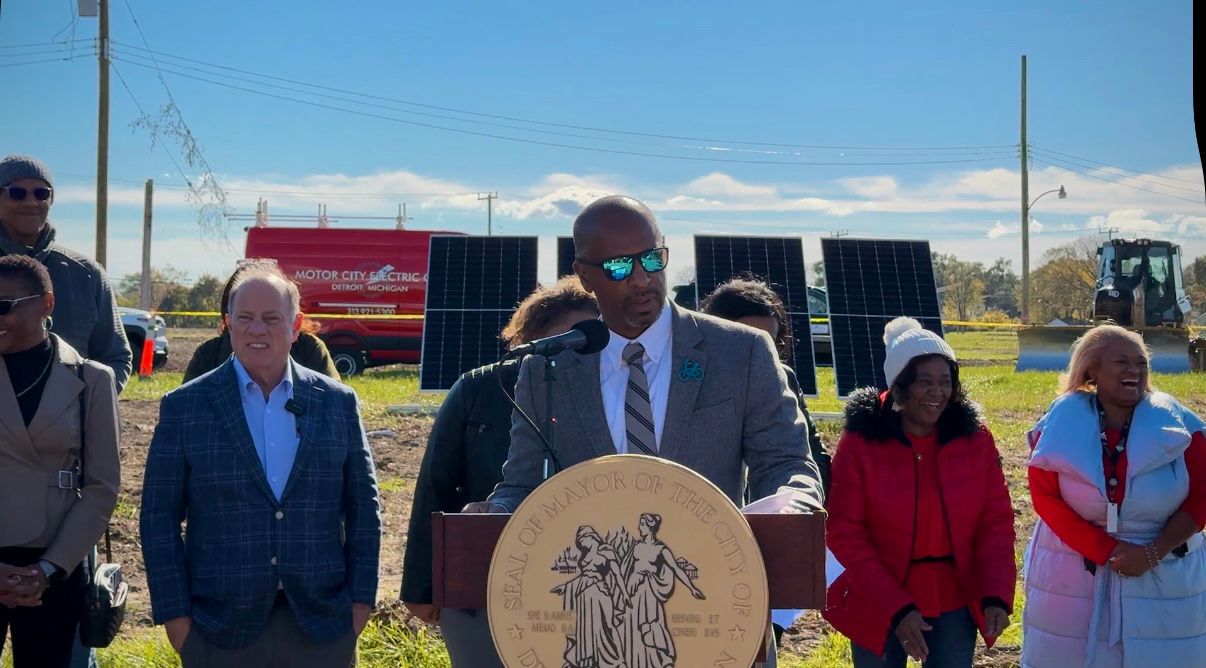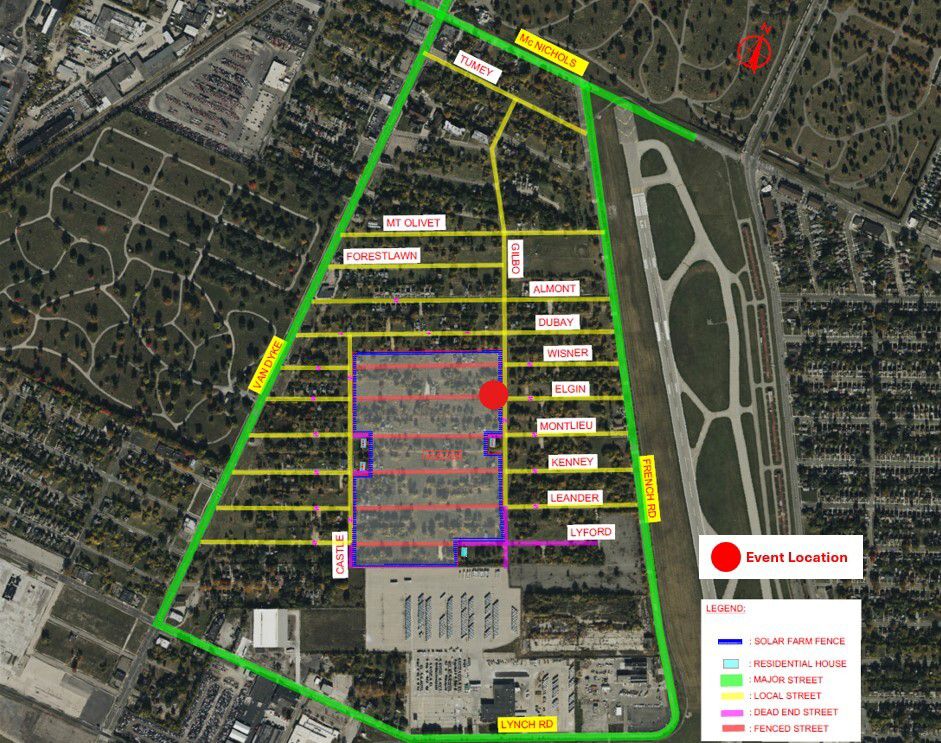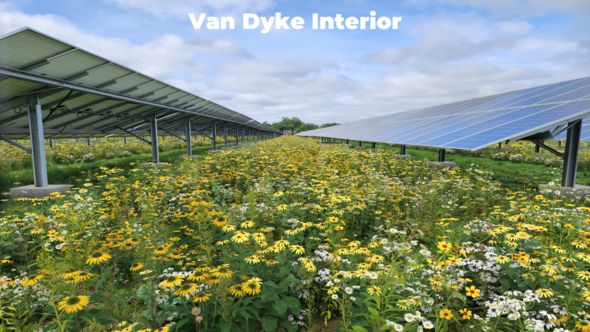DETROIT — What were once rows of empty lots and abandoned homes on Detroit's east side are being transformed into one of the city's first neighborhood-scale solar projects.
City leaders and residents gathered Monday to break ground on the Van Dyke/Lynch Solar Neighborhood, the first of five planned sites across Detroit. The project will cover 42 hectares of land with solar panels that are expected to produce clean energy by next summer.
When all five districts are completed, the solar fields will span 165 acres and produce enough electricity to offset the power use of 127 city-owned buildings, including recreation centers and fire stations.
The city cleared hundreds of vacant lots that had attracted illegal dumping. In their place, solar fields designed by the residents themselves will be created – complete with decorative fences, evergreen trees and flower beds.

Detroit City Council member Scott Benson speaks at the groundbreaking ceremony for the Van Dyke/Lynch Solar Neighborhood in this Oct. 27, 2025 photo. (Spectrum News/Melanie Tolen)
“It is a physical realization of our city’s commitment to a cleaner, more sustainable future,” said Councilman Scott Benson, who represents the district. “We show that clean energy can strengthen neighborhoods.”
Residents who live near the site also see direct benefits. Homeowners in the neighborhood are eligible for energy efficiency upgrades – some worth up to $25,000 per home. The new upgrades included new roofs, windows, furnaces and insulation. To date, 65 homes in the Van Dyke/Lynch area have been improved through the program.

Visual map of the Van Dyke/Lynch Solar Neighborhood. (City of Detroit)
DTE Energy is building the Van Dyke/Lynch array and will share work on the remaining sites with Lightstar Renewables. The next locations – Gratiot-Findlay, State Fair, Houston Whittier/Hayes and Greenfield Park/I-75-McNichols – are expected to begin construction by 2026.
The city's Office of Sustainability says the solar districts help reduce the city's carbon footprint while putting productive use to unused land.
All five solar districts are expected to go into operation in early 2027.
